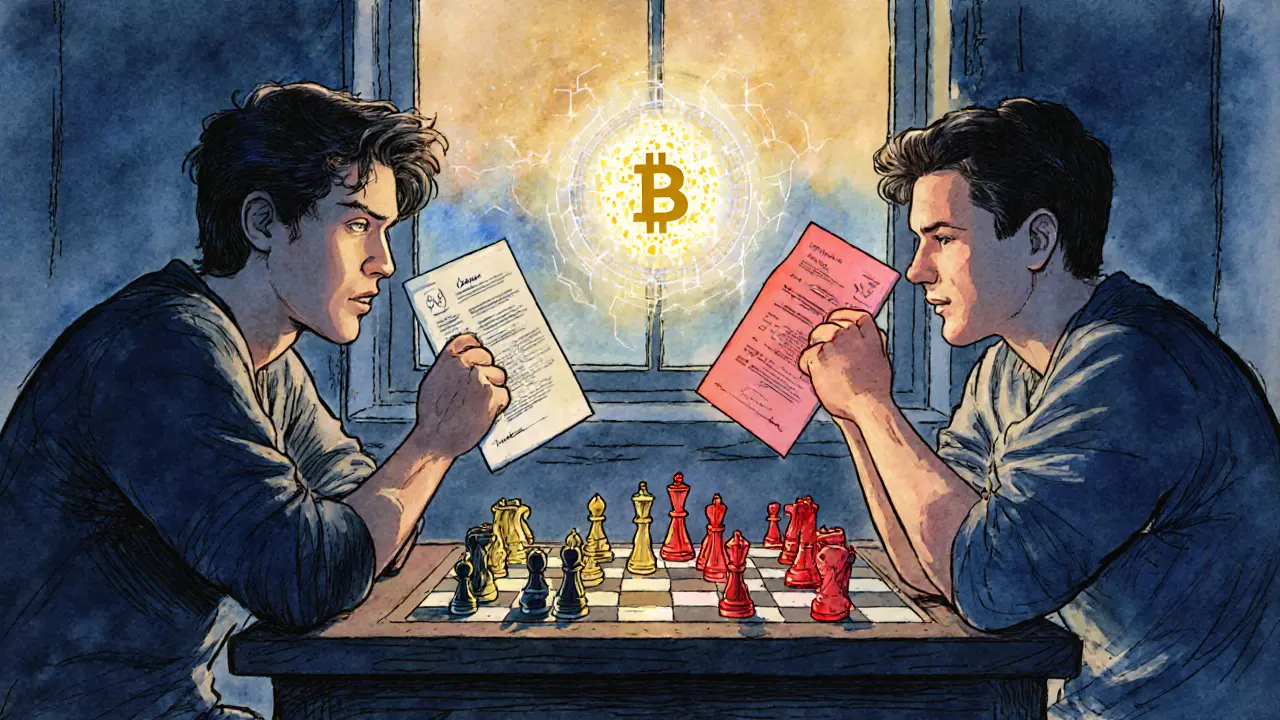Raiden Network: What It Is and Why It Matters for Ethereum Scaling
When you send ETH or ERC-20 tokens on Ethereum, you pay gas and wait minutes for confirmation. That’s where the Raiden Network, a layer-2 scaling solution built to enable fast, low-cost Ethereum payments through off-chain payment channels. Also known as Raiden, it lets users transact directly without touching the main blockchain—like sending cash instead of mailing a check. It doesn’t replace Ethereum; it just makes everyday payments on it faster and cheaper.
Raiden Network works using payment channels, bidirectional tunnels between two users that allow unlimited transactions off-chain, settling only the final balance on Ethereum. Think of it like opening a tab at a bar—you and a friend can trade drinks all night, then settle the bill once at closing. This cuts Ethereum congestion and slashes fees. It’s not just for sending ETH—Raiden supports tokens like DAI, USDC, and even ERC-20s from niche DeFi projects. The tech behind it is similar to Bitcoin’s Lightning Network, but built for Ethereum’s smart contract ecosystem.
While big exchanges and wallets don’t support Raiden directly, it’s still alive in niche DeFi tools and experimental wallets focused on microtransactions. Projects building on it care about speed, not hype—think gaming payouts, tipping creators, or paying for API calls in crypto. It’s not for swapping large amounts or trading altcoins. It’s for the small, frequent payments that make blockchain feel useful in daily life. And even though it’s not trending like new Layer 2s, its design solved real problems years before most others even tried.
What you’ll find in the posts below are real-world examples of how Raiden’s concepts influence today’s crypto tools—like how payment channels inspired new DEXs, why some wallets still test off-chain tech, and what happens when scaling solutions don’t get mainstream adoption. You won’t find fluff here. Just clear connections between what Raiden built and what’s still working today.
